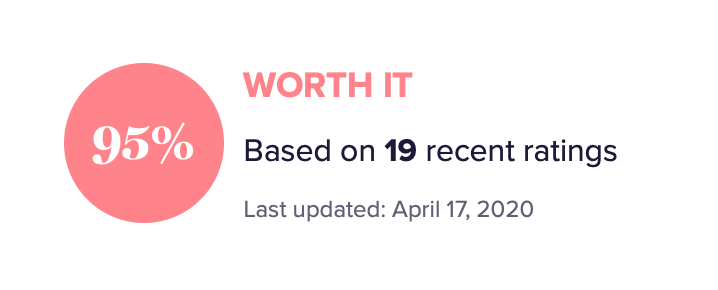I got Nonsurgical Facelift and this is what it looked like
- Luiza

- Apr 17, 2020
- 3 min read
Updated: May 1, 2020
#skincare #fitnesslife #skintightening #transformation #skin #love #nonsurgical #coolsculpting #facial #fillers #nonsurgicalfacelift #beautyshoot #retinol #beforeandafter #aesthetics #facialsculpting #blogger #eyebags #esthetician #treatyourself #beforeafter #botox #juvederm #beauty #eyelift #medspa #wrinkles #antiaging #skincareroutine #facelift #confidence
What is a nonsurgical facelift?
A nonsurgical facelift is a combination of procedures that addresses sagging, crepey skin and fine lines but without the incisions, general anesthesia, or hospital stay. Dr. David a facial plastic surgeon in San Francisco, says “About 10 years ago, we pivoted from surgical methods to dermal fillers and neurotoxins to rejuvenate the face for people needing only a mild to moderate lift. These techniques have been refined—and patients are benefiting, with more natural outcomes.”
How well noninvasive options will work for you depends on your anatomy and concerns, but a mix of procedures is commonly used as part of a nonsurgical facelift. One of the methods used it this before and after photo is
Skin-tightening treatments, including Thermage and Ultherapy, use radiofrequency and ultrasound energy, respectively, to generate heat. This increases the skin’s collagen production, making it thicker and more taut over time.
This procedures don’t lift the skin nearly as dramatically as a surgical facelift, and they don’t tighten sagging muscles. But the right combination of therapies can create a fresher, more youthful appearance for people with mild to moderate signs of aging. We treat patients in the age range of 30–70 with a nonsurgical facelift.
What are the pros and cons of a nonsurgical facelift?
Pros
There’s minimal downtime. Noninvasive treatments carry significantly less downtime than facelift surgery, which can put patients out of commission for up to three weeks.
Because these procedures are less invasive than surgery, they come with fewer potential health risks.
Most noninvasive treatments can be performed in less than an hour.
The average cost of a nonsurgical facelift is just under £1,500—significantly less than facelift surgery.
Cons
You won’t get the same degree of lifting and tightening you can expect from a surgical facelift.
All nonsurgical options require maintenance treatments—some as often as three to four times a year.
While the initial investment for a nonsurgical facelift is considerably less than it is for surgery, maintenance treatments could quickly add up to as much (or more) than the cost of going under the knife.
What happens during a nonsurgical facelift?
Skin tightening treatments, like Ultherapy After a conductive gel is applied, your provider will use a handheld device to deliver energy into the deeper layers of skin, causing microdamage and boosting collagen production. A face-focused session should take between 45 and 60 minutes.
When will you see nonsurgical facelift results and how long will they last?
Your results (and how soon you’ll see them) will depend on both the procedures you choose and how you, personally, respond to them. “Results can vary, based on each person’s unique anatomy. In the hands of the right Injector, patients can expect to see a significant difference with a nonsurgical facelift—restored volume to the [under-eye area], midface, and lips and definition/contour to the cheeks, chin, and jawline. Skin tightening treatments can take up to six months for final results to show; it takes that long for skin to rejuvenate and grow new collagen. Results are cumulative, and patients may need follow-up visits to achieve the best results.
How much does a nonsurgical facelift cost?
Since a nonsurgical facelift is a group of treatments tailored to your specific needs, it can be tricky to give a one-size-fits-all cost estimate. “The [cost] depends on the type and number of nonsurgical procedures you’re having.














Comments